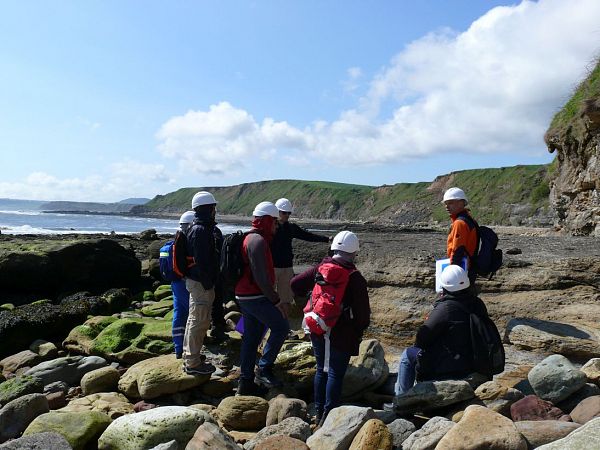Warning: Undefined variable $articleID in /var/www/badley-ashton.co.uk/public/wp-content/themes/badleyashton/single-article.php on line 27
Tuesday 5th Nov 2019
Badley Ashton staff will be at the ADIPEC 2019; The Abu Dhabi International Petroleum Exhibition and Conference in Abu Dhabi. Our Abu Dhabi Operations Manager, Anis Seksaf will be in attendance. He will be very happy to meet you to discuss how Badley Ashton can assist you to better understand your reservoir and provide an overview of the full range of our services. If you would like to arrange a meeting with him please get in touch at enquiries@badley-ashton.comADIPEC 2019 runs from the 11th to the 14th of November. If you would like to find out more information, please click on the link below.Additionally, alongside our clients from ADNOC, Badley Ashton staff are involved in a presentation at the conference. Details are given below, don’t forget to come along to see them and say hello to the presenters who will be very happy to meet with you and discuss the presentations.Enhanced Predictability of Lateral Variations in Reservoir Potential. Case Study From a Field-scale Reservoir Characterisation of Jurassic Reservoirs, Offshore Abu Dhabi (UAE)
Afrin, N., Al Jaberi, S., Lehman, C., Al Zaabi, F. N., Al Braik, S. S., (ADNOC), Galluccio, L., Haines, T. and Deville de Periere, M., (Badley Ashton).
13th November, 11:30-13:00. Session 87 – E&P GEOSCIENCE – Advances in Reservoir Characterisation – 2, Capital Suite 13.Two of the most important Jurassic reservoir units in offshore Abu Dhabi are characterised by intertidal to shallow marine carbonates that mainly comprise mud-dominated microbial bindstones (typically pervasively dolomitised) and peloidal/oolitic packstones and grainstones likely to represent small shoal systems developed seaward of large tidal flats. Interbedded within these deposits are cm-scale to m-scale supratidal sabkha anhydrite layers. This combination of facies results in a wide range of porosity and permeability values, which derive from the intricate interplay of depositional texture and diagenetic overprint. This study presents an integrated field-scale sedimentological, diagenetic and reservoir quality characterisation of these two members in offshore Abu Dhabi. A complex diagenetic history has affected the Jurassic reservoirs, including a total of twenty-one diagenetic phases identified. Key pore enhancing phases comprise dissolution events (early and burial-related), which create mouldic and vuggy macropores, as well as a pervasive phase of early dolomitisation associated with the local creation of abundant intercrystalline macropores. Key pore occluding phases encompass three phases of calcite cementation and locally abundant blocky anhydrite cement developed in burial conditions.Within the dolomitised deposits, dolomite crystal size and dominant habit, along with the overall macropore volume cementation are the key parameters controlling the porosity and permeability values. Best porosity/permeability data are typically associated with poorly cemented coarse-crystalline euhedral to subhedral dolomites. In poorly to non-dolomitised muddy facies, the cementation and compaction of the micritic matrix is an essential control on the development of porosity and permeability. In grain-supported fabrics that are non dolomitised, grain size primarily controls the degree of connectivity of the pore volume, and therefore, permeability. Subsequently, in all facies, the intensity of the overall macropore cementation greatly influences the porosity values. The intensity of the dolomitisation and cementation is variable within each layers and therefore across the study reservoir.The integration of all the datasets show that correlatable anhydrite layers act as effective barriers within the Jurassic reservoirs, however, intraformational anhydrite locally pinches out enabling patchy vertical transmissibility. Key sweet spots are identified in specific reservoir layers, which are dominated by dolomitised mudstones, with poorly-cemented intercrystalline macropores hosted between the subhedral/euhedral dolomite rhombs. Sweet spots also coincide with areas dominated by poorly to moderately cemented shoal facies (locally partially dolomitised) with preserved and well-connected interparticle macropores.This study refines the understanding of the strong link between depositional facies, diagenetic overprint and reservoir quality distribution. The used hierarchical approach and the strong sequence stratigraphic framework were key to help understanding the vertical and lateral distribution of the sweet spots within the reservoirs.



